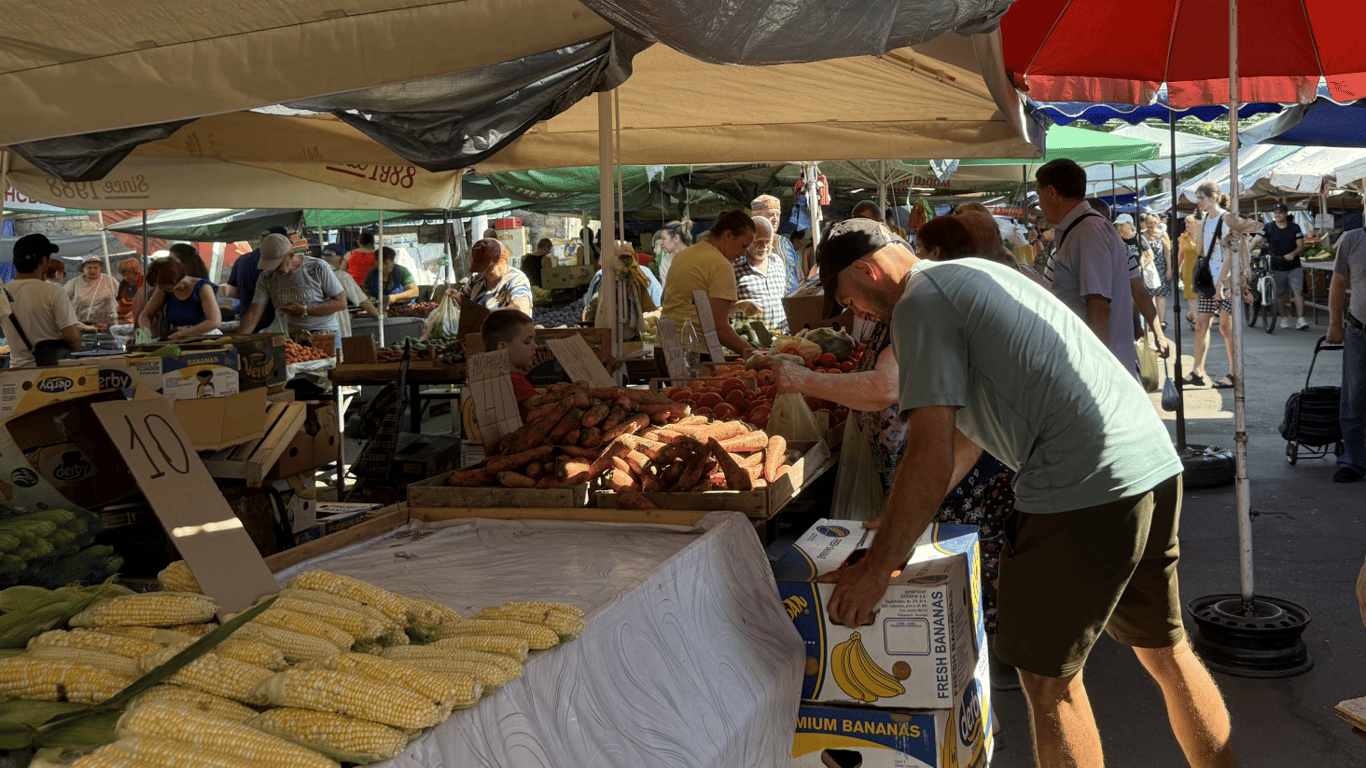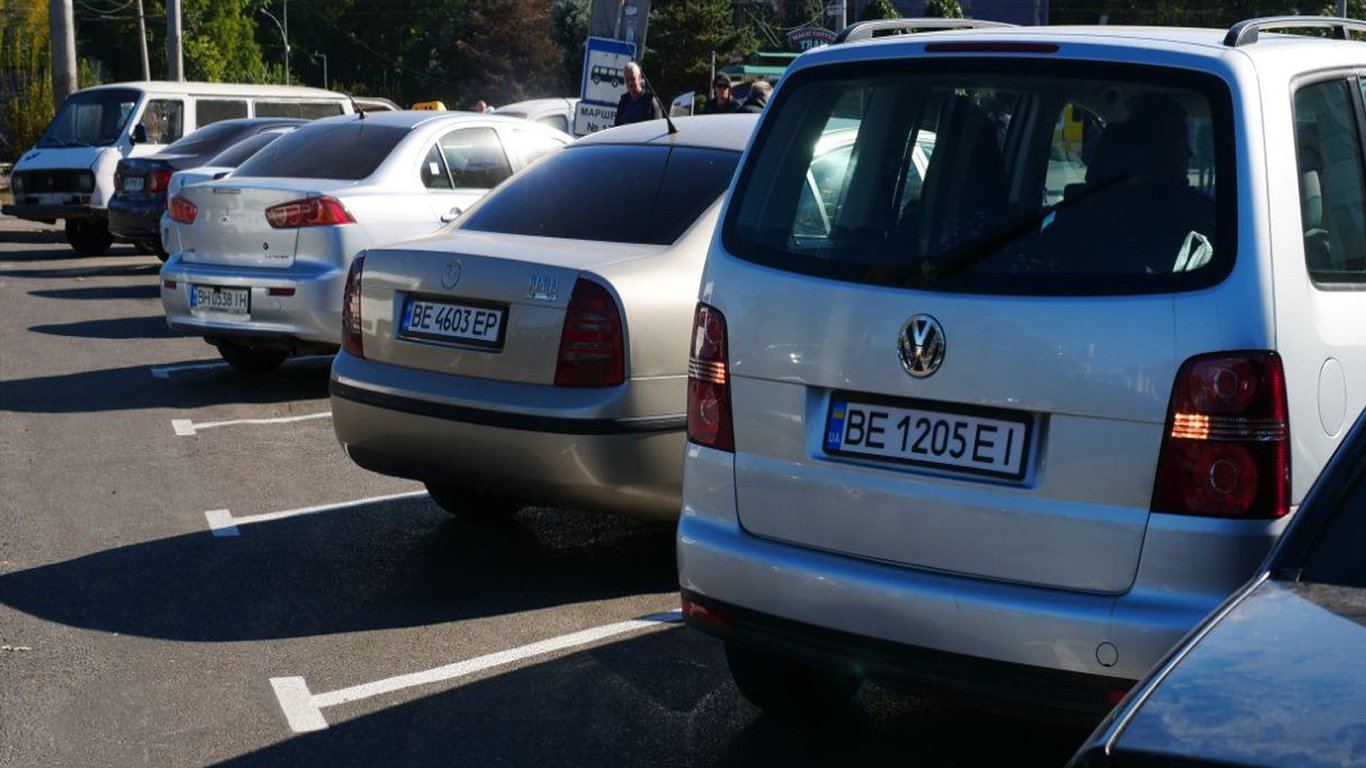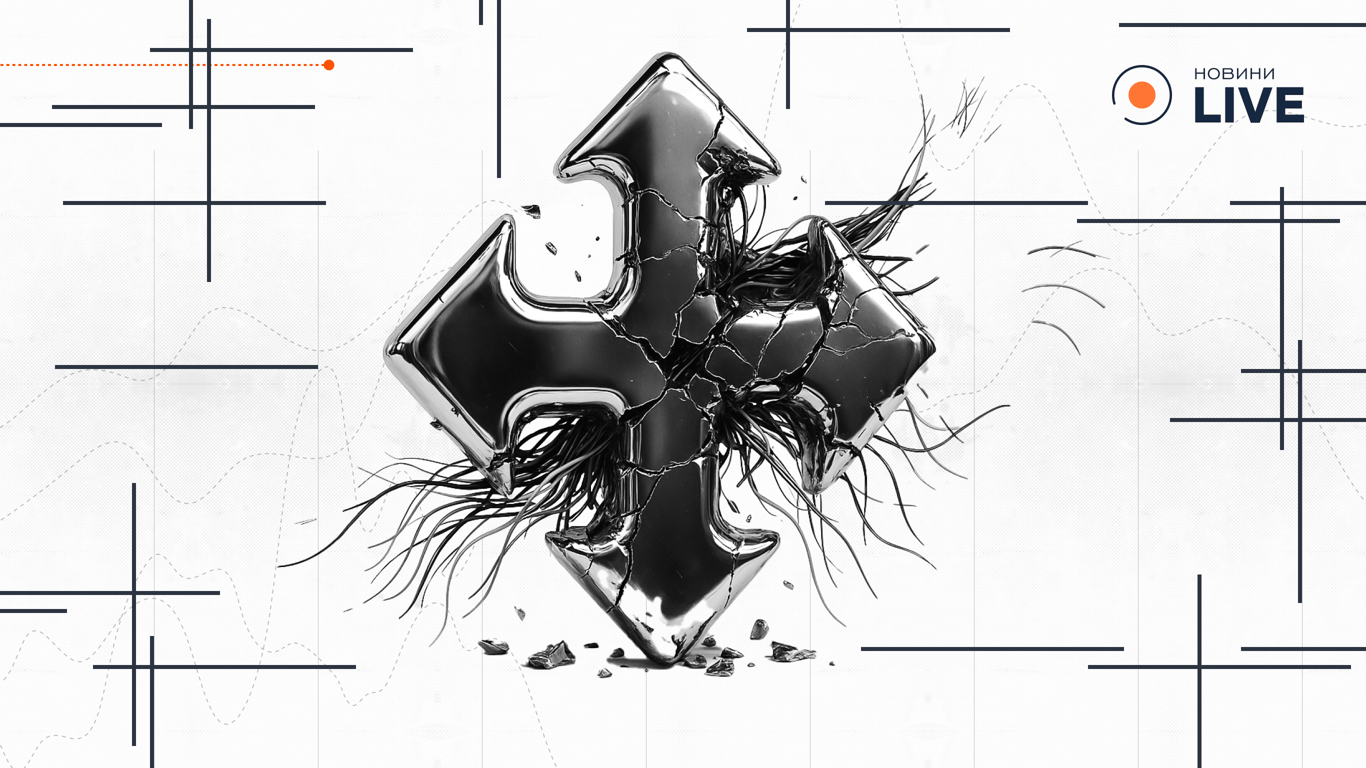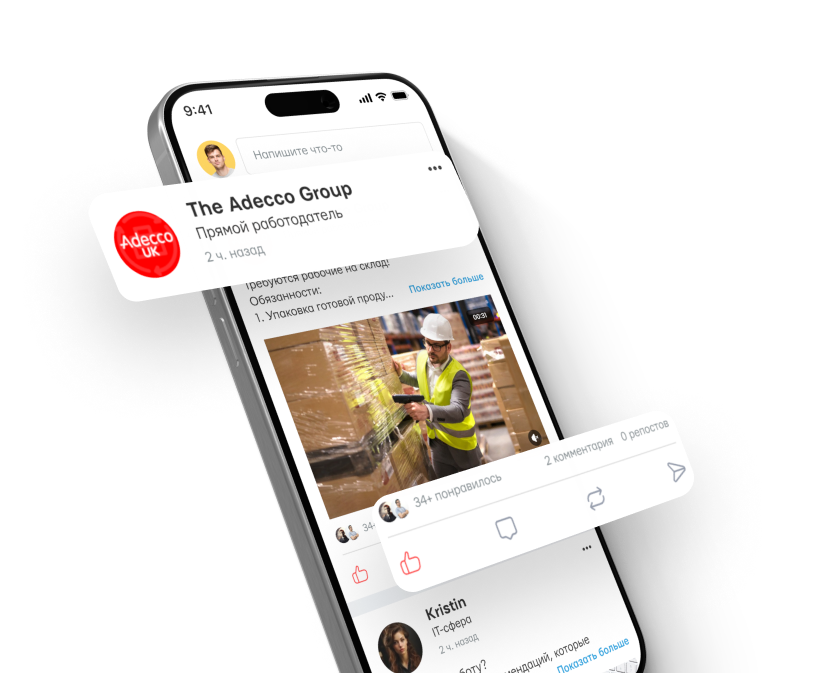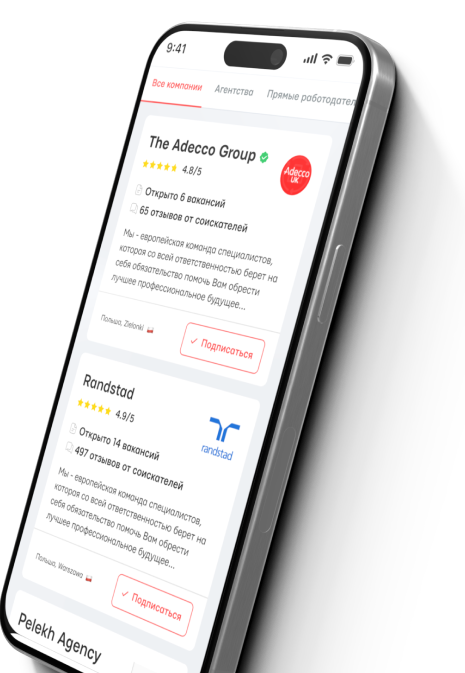Drivers were told where in the world they can drive with Ukrainian licenses.

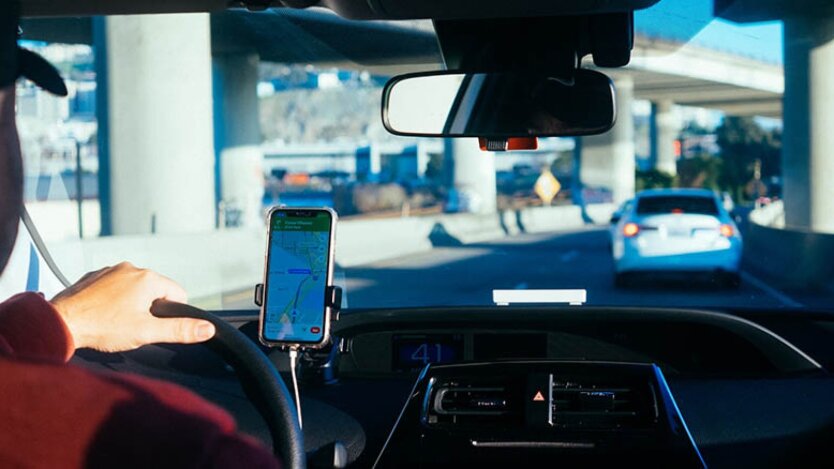
The Ministry of Internal Affairs reports that Ukrainian driver's licenses are recognized in 89 countries around the world. This means that Ukrainians can drive a car in these countries without an international driver's license.
Among the countries that recognize Ukrainian licenses are European countries such as Poland, Germany, France, the United Kingdom, Spain, and Italy, as well as more distant states like Venezuela, Costa Rica, Brazil, Chile, and Saudi Arabia. Even somewhat 'exotic' countries like the Bahamas, Seychelles, and Thailand recognize Ukrainian licenses.
Ukrainian driver's licenses contain a number of key details, including surname, first name, patronymic, date and place of birth, the issuing authority, date and place of issuance, expiry date, license number, signature and/or stamp or seal of the issuing authority, and the owner's signature and photo. Ukrainian licenses also indicate the category/categories or subcategories of vehicles for which the license is valid, with corresponding issuance and expiration dates for each category.
However, it should be noted that some countries may have their own requirements and restrictions regarding additional information on the driver's license, its size, and type of binding. If the Ukrainian driver's license does not meet these requirements, it can be exchanged at the service centers of the Ministry of Internal Affairs of Ukraine.
Read also
- Avoiding debts - when to pay property tax
- Prices have soared - how much will a cosmetic renovation of an apartment cost
- Cherry, tomatoes, and watermelons — how much do Odessa residents pay for them
- The Cultural Code of Money - How the Past Influences Finances
- Parking spaces in Kyiv - how prices have changed and what to expect
- Mass Layoffs at Nova Poshta 2025 — What AI is Changing in the Job Market


